|
Henry John Yeend King: A British Realist
Click on a painting below to start the exhibition
 Henry John Yeend KingA Rest in the Woods Henry John Yeend KingA Rest in the Woods |
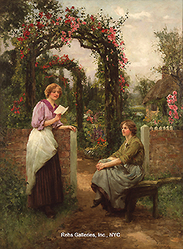 Henry John Yeend KingConversation in the Garden Henry John Yeend KingConversation in the Garden |
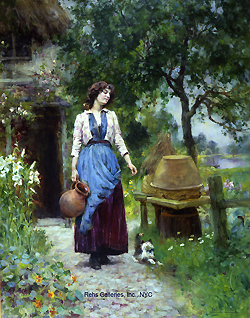 Henry John Yeend KingIn the Garden Henry John Yeend KingIn the Garden |
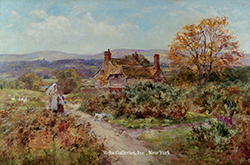 Henry John Yeend KingLandscape with Figures Henry John Yeend KingLandscape with Figures |
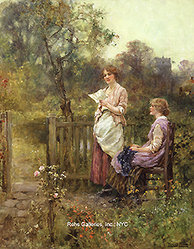 Henry John Yeend KingThe Letter Henry John Yeend KingThe Letter |
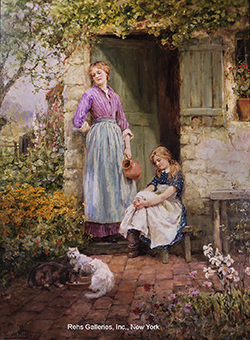 Henry John Yeend KingFeeding Time in the Garden Henry John Yeend KingFeeding Time in the Garden |
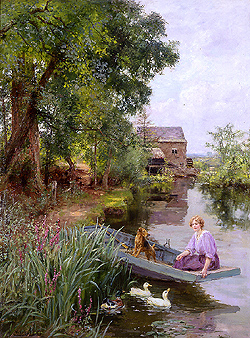 Henry John Yeend KingThe Old Mill Henry John Yeend KingThe Old Mill |
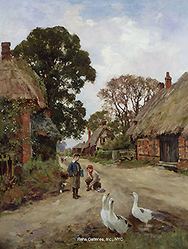 Henry John Yeend KingOff to School Henry John Yeend KingOff to School |
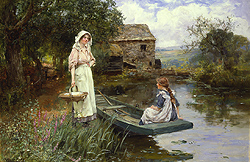 Henry John Yeend KingAfternoon Picnic Henry John Yeend KingAfternoon Picnic |
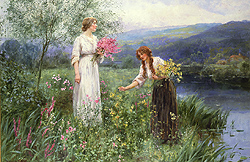 Henry John Yeend KingGathering Flowers Henry John Yeend KingGathering Flowers |
 Henry John Yeend KingCabbage Gatherer Henry John Yeend KingCabbage Gatherer |
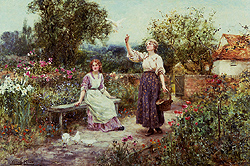 Henry John Yeend KingFeeding the Doves Henry John Yeend KingFeeding the Doves |
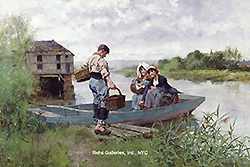 Henry John Yeend KingPicnic on the River Henry John Yeend KingPicnic on the River |
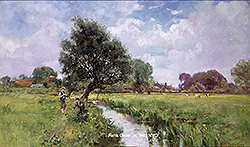 Henry John Yeend KingFishing by the River Henry John Yeend KingFishing by the River |
 Henry John Yeend KingVictorian Garden Henry John Yeend KingVictorian Garden |
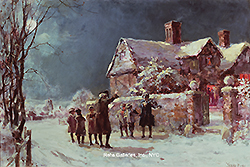 Henry John Yeend King'Twas the Night Before Christmas Henry John Yeend King'Twas the Night Before Christmas |
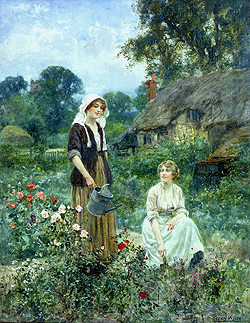 Henry John Yeend KingWatering the Roses Henry John Yeend KingWatering the Roses |
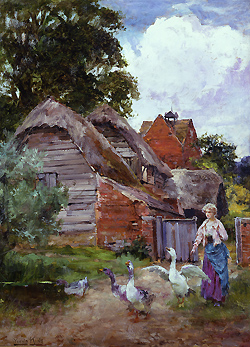 Henry John Yeend KingThe Miller's Geese Henry John Yeend KingThe Miller's Geese |
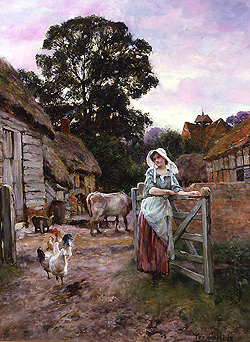 Henry John Yeend KingBy the Gate Henry John Yeend KingBy the Gate |
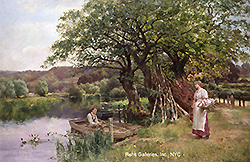 Henry John Yeend KingThe Ferry Henry John Yeend KingThe Ferry |
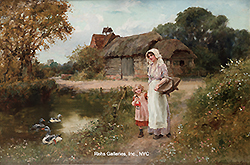 Henry John Yeend KingA Walk in the Country Henry John Yeend KingA Walk in the Country |
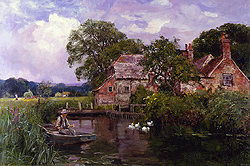 Henry John Yeend KingFishing on a Quiet Backwater Henry John Yeend KingFishing on a Quiet Backwater |
 Henry John Yeend KingTheir Favorite Spot Henry John Yeend KingTheir Favorite Spot |
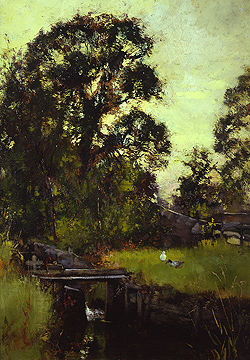 Henry John Yeend KingSummer Landscape Henry John Yeend KingSummer Landscape |
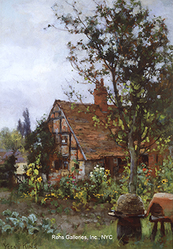 Henry John Yeend KingA Summer Garden Henry John Yeend KingA Summer Garden |
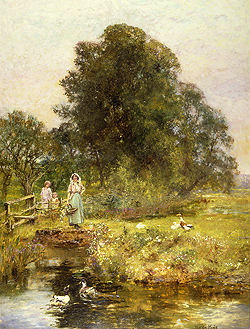 Henry John Yeend KingMarch Meadows Henry John Yeend KingMarch Meadows |
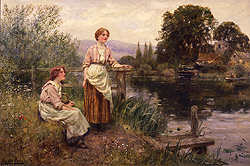 Henry John Yeend KingWaiting for the Ferry Henry John Yeend KingWaiting for the Ferry |
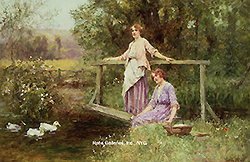 Henry John Yeend KingFeeding the Ducks Henry John Yeend KingFeeding the Ducks |
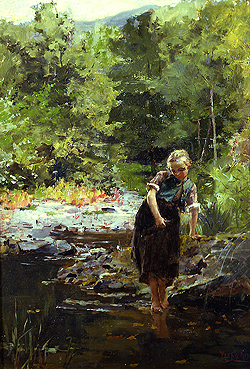 Henry John Yeend KingCrossing the Stream Henry John Yeend KingCrossing the Stream |
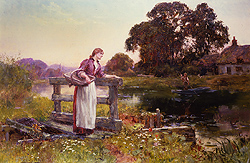 Henry John Yeend KingGirl Waiting for a Ferry Henry John Yeend KingGirl Waiting for a Ferry |
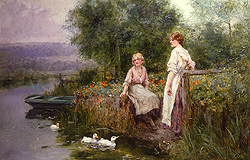 Henry John Yeend KingFeeding the Ducks Henry John Yeend KingFeeding the Ducks |
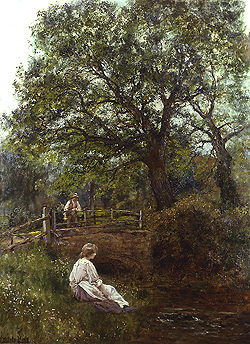 Henry John Yeend KingWatching the Trout Henry John Yeend KingWatching the Trout |
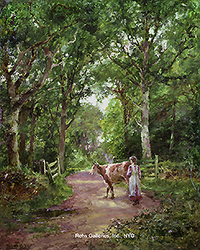 Henry John Yeend KingCrossing the Road Henry John Yeend KingCrossing the Road |
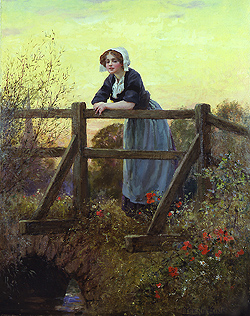 Henry John Yeend KingA Pensive Moment Henry John Yeend KingA Pensive Moment |
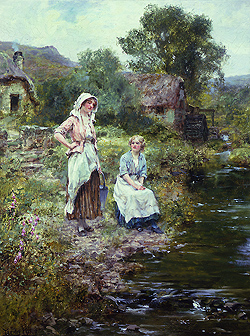 Henry John Yeend KingBy the Riverside Henry John Yeend KingBy the Riverside |
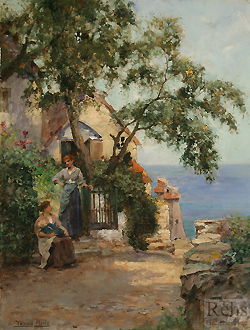 Henry John Yeend KingAt the Gate Henry John Yeend KingAt the Gate |
|
Henry John Yeend King was an important Victorian genre and landscape artist. He was born in London on August 21, 1855 and began his education as a choirboy at the Temple Church. One of the artist's earliest recollections was of being locked in the building one afternoon after practice: "I had to spend the night in a cabin built of pew cushions, while my father was inquiring at every hospital in London. After three weeks' rest with a bad cold, on going back to my choral duties I was summoned to an interview with a Bencher, who, after regaling me with cake and wine, presented me with five shillings for having been a 'good boy,' and 'for not having thrown my boots through one of the stained-glass windows.' The idea of doing such a thing had never occurred to me."
He continued his schooling at the Philological School before being apprenticed to O'Connor's, the glass painters, of Bernes St., London for three years. After working at O'Connor's he went to study painting under the Victorian artist William Bromley, RBA, and then he traveled to Paris to study under Leon Bonnat (1833 - 1922) and Fernand Cormon (1854 - 1924). His academic training in Paris, along with a definite influence of the French Realists and Impressionists, helped mold his fully matured style of carefully modeled figures, plein air technique and bold coloration.
Yeend King lived in London for most of his life however, like many of his contemporaries his heart was 'in the country'. He traveled extensively throughout England and France in search of suitable subject matter. In 1885 he wrote and illustrated an article entitled "A Round in France" for The Magazine of Art - giving both a visual and written tour of the French countryside leading to Brittany.
His specialty was scenes of rustic genre and the countryside - almost never showing the heavily industrialized cities. His paintings depict pretty farm girls (often using his own daughter as a model) at work in the fields or on the farm - much like the French Realist artist Julien Dupré; or women at rest in tranquil landscapes or cottage gardens.
In 1881 he married Edith Lilian Atkinson, daughter of T.L. Atkinson (the mezzotint engraver), and they had one daughter - Lilian (who became an artist). Yeend King was an important and influential artist and was noted by the London Times in an article on June 6, 1924 as:
In appearance Yeend King was a contrast to the conventional idea of an artist, being clean-shaven, wearing his hair short, and having a genial smile and a great fund of humor. Like most painters, however, he was a real Bohemian, with a wonderful collection of funny stories, which he told well. He was seldom without a snuff-box, although he himself was not a constant snuff-taker.
In 1879, he was elected to the Royal Society of British Artist (RBA) and in 1886 he was elected to the Royal Institute of Painters in Watercolor (of which he later became vice-president). He was also a member of the Royal Institute of Painters in Oil-Colors and was a frequent exhibitor at all the major exhibition halls; showing 115 works at the RBA, 38 at the RI and 94 at the Royal Academy. Yeend King also exhibited paintings throughout Europe and the United States - winning medals in Paris, Berlin and Chicago.
It was at the Royal Academy exhibit of 1897 that the Council of the RA, as trustees for the permanent collection in New South Wales, purchased The Garden by the River and in 1898 the Tate Gallery, under the Chantrey Bequest, purchased Milking Time.
He died on June 10, 1924 at the age of 68.
Works in public collections:
From Green to Gold (c.1889) - Walker Art Gallery, Liverpool
Landscape with a Windmill - Leicestershire Museums & Art Galleries, Leicester
River Banks and Blossoms (1909) – Rochdale Art Gallery, England
A Cottage Garden, Braemar – Stockport Art Gallery, England
The Woodyard – Leeds City Art Galleries, England
Landscape – City Art Gallery, Manchester
Lathkill Dale, Derbyshire – Graves Art Gallery, England
Milking Time – Tate Gallery, England
Girls Herding Geese – Oldham Art Gallery, England
The Millstream - Oldham Art Gallery, England
|